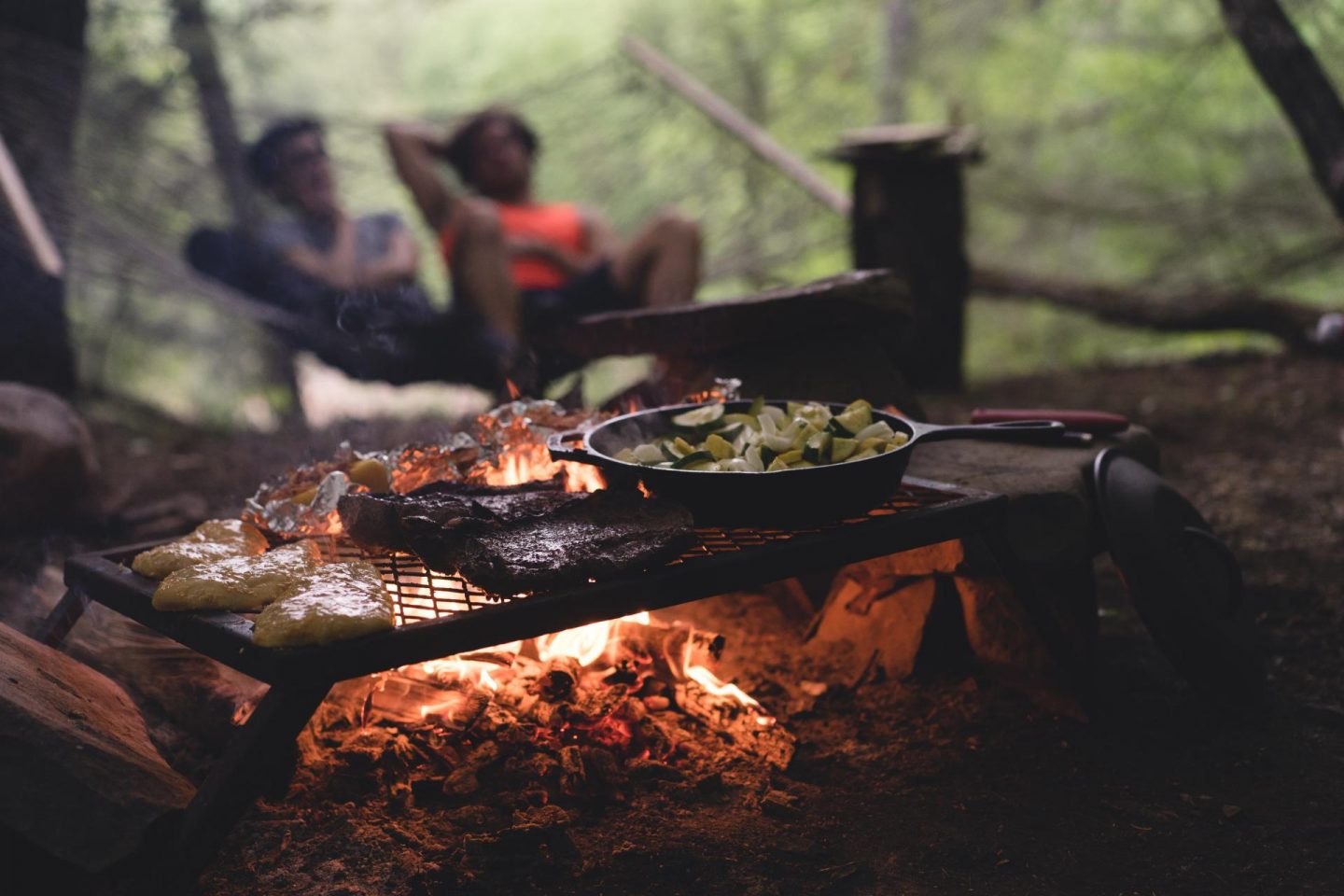
Culinary Adventures in the Wild: Cooking Tips for Campers and Mountaineers
Introduction:
Embarking on a camping or mountaineering expedition is not just about conquering peaks or communing with nature—it’s also an opportunity to elevate your culinary skills in the great outdoors. Cooking at campfires and high altitudes comes with its unique set of challenges and rewards. In this blog, we’ll explore practical tips and creative recipes to make your outdoor culinary experience as satisfying as the breathtaking landscapes around you.
Camp Cooking Basics:
1. Lightweight and Compact Gear:
Portable Stove: Invest in a lightweight, compact camping stove that runs on portable fuel canisters. These stoves are efficient, easy to use, and perfect for cooking in various conditions.
Cookware Set: Opt for durable, lightweight cookware sets made from materials like aluminum or titanium. Ensure the set includes a pot, pan, and utensils suitable for outdoor cooking.
2. Meal Planning and Preparation:
Pre-Pack Ingredients: Prepare and pre-pack ingredients at home to minimize on-site preparation. Chop vegetables, marinate proteins, and measure seasonings before heading out.
Meal Ideas: Choose meals that are easy to prepare and require minimal ingredients. One-pot meals, foil packet recipes, and dehydrated foods are excellent choices for camping.
3. Proper Food Storage:
- Coolers and Insulation: If your trip allows, bring a cooler with ice packs to keep perishables fresh. For mountaineering, focus on non-perishable, lightweight, and high-energy foods.
- Bear-Resistant Food Storage: Bear country, uses bear-resistant containers to store food safely and minimize wildlife interactions.
Campfire Cooking:
1. Safe Campfire Practices:
- Check Regulations: Before starting a campfire, check local regulations and restrictions. Some areas may have fire bans or specific guidelines.
- Clear Area: Create a safe space by clearing dry leaves, twigs, and other flammable materials around the fire pit.
2. Simple Campfire Recipes:
- Foil Packet Meals: Wrap seasoned meats, vegetables, and even fruits in foil packets. Place them on hot coals for a delicious, mess-free meal.
- Skewers and Kebabs: Thread marinated meat and veggies onto skewers for an easy and customizable campfire feast.
3. Dutch Oven Delights:
- Dutch Oven Basics: A Dutch oven is a versatile campfire cooking tool. Master the art of baking, roasting, and simmering with this classic outdoor cooking vessel.
- Dutch Oven Recipes: From hearty stews to savory casseroles, explore Dutch oven recipes that showcase its diverse capabilities.
Mountaineering Meals:
1. Calorie-Dense Foods:
- Energy Bars and Snacks: Pack calorie-dense snacks like energy bars, trail mix, and nut butter for quick and sustained energy during climbs.
- Dehydrated Meals: Lightweight and convenient, dehydrated meals are excellent for mountaineering. Simply add hot water, wait, and enjoy a hot and nutritious meal.
- Portable Cooking Systems:
- Jetboil and Similar Systems: Compact cooking systems like Jetboil are designed for efficiency in high-altitude conditions. They boil water quickly and are ideal for simple cooking needs.
- Windscreen: Given the windy conditions at higher altitudes, use a windscreen to shield your stove and conserve fuel.
3. Quick and Nutritious Recipes:
- Instant Oatmeal: Start your day with instant oatmeal. Just add hot water and customize it with dried fruits, nuts, or powdered milk for extra flavor and nutrition.
- Nutrient-Packed Wraps: Pack tortillas, cheese, and a mix of dried fruits and nuts for a quick and nutritious wrap at high altitudes.
Essential Cooking Tips:
1. Water Management:
Purification Methods: Ensure a safe water supply by using water purification tablets, filters, or boiling. Hydration is crucial, especially at high altitudes.
2. Leave No Trace:
Pack It In, Pack It Out: Follow the Leave No Trace principles by carrying out all your waste, including food scraps. Dispose of waste responsibly to minimize your impact on the environment.
3. Safety First:
- Fire Safety: If allowed, follow fire safety guidelines, and never leave a campfire unattended. Fully extinguish the fire before leaving the site.
- Proper Food Handling: Adhere to proper food handling practices to prevent foodborne illnesses. Wash hands and utensils thoroughly, and store food at safe temperatures.
4. Adaptability and Creativity:
- Improvise with Ingredients: Embrace the spirit of improvisation. If a recipe calls for an ingredient you forgot, substitute it with what you have or find in the wilderness.
- Creative One-Pot Meals: Experiment with one-pot meals that minimize cleanup and make the most of available ingredients.
5. Mindful Seasoning:
- Portable Spice Kit: Enhance the flavor of your meals with a compact spice kit. Small containers with essential spices can elevate the taste of even the simplest dishes.
- Herbs from Nature: In some regions, you might find edible wild herbs that can add a fresh and unique touch to your outdoor meals.
Conclusion:
Cooking at campfires and high altitudes is an art that combines resourcefulness, creativity, and an appreciation for the great outdoors. Whether you’re roasting marshmallows under a starlit sky or savoring a hot meal after a challenging climb, the experience of outdoor cooking adds a unique flavor to your adventure.
With the right gear, careful planning, and a dash of culinary ingenuity, you can transform your camping or mountaineering trip into a gastronomic journey. So, pack your portable stove, embrace the beauty of nature’s kitchen, and let the aroma of outdoor cooking become an essential part of your wilderness escapades.
